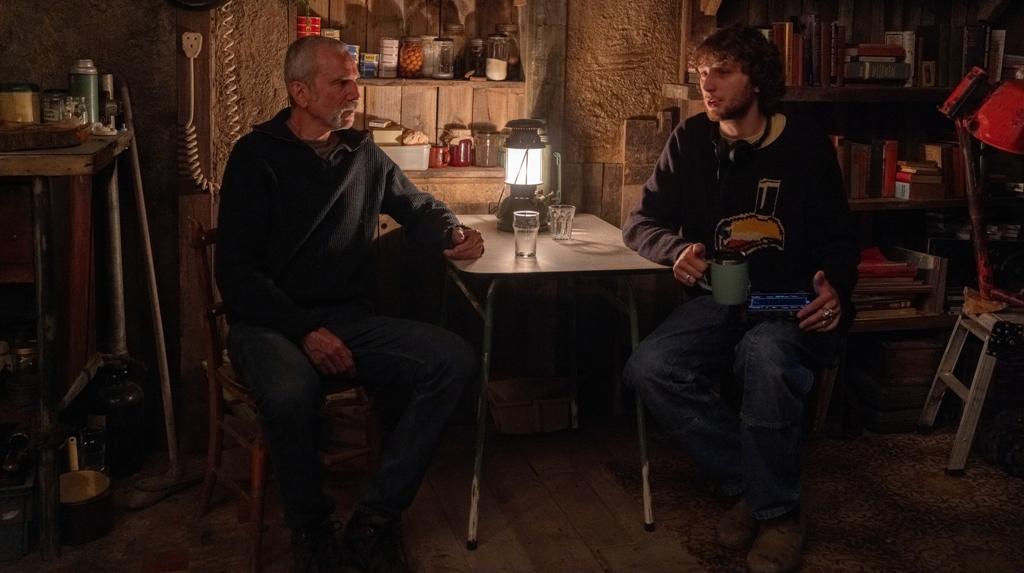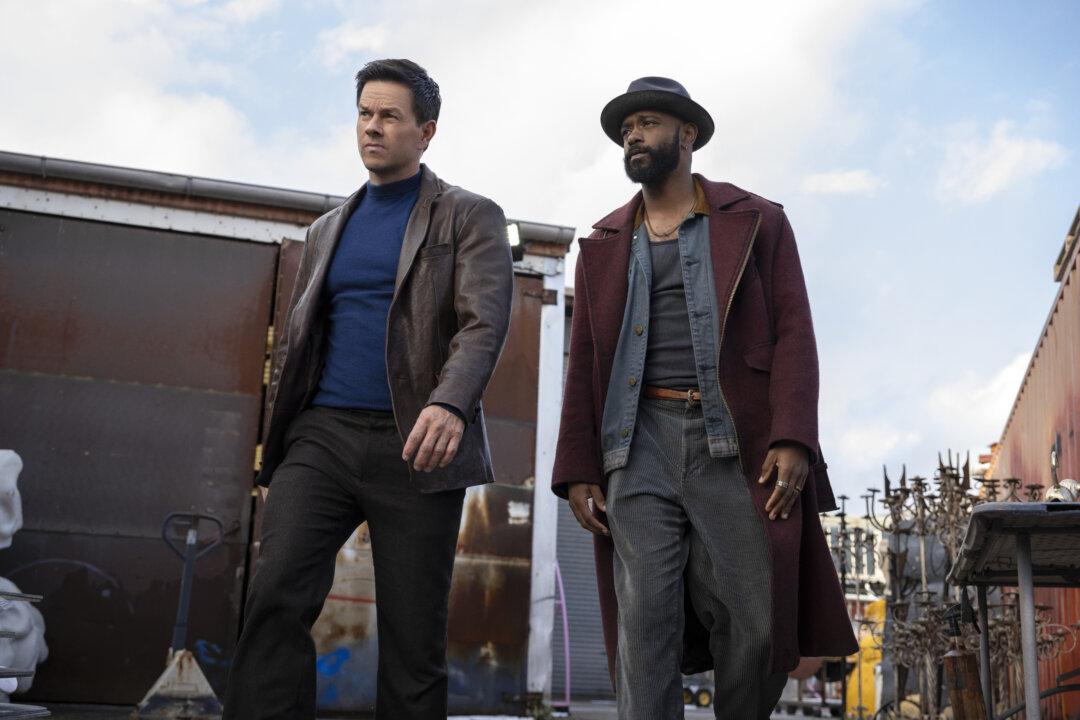NR | 2h 5min | Documentary, Government, History | 21 March 2023 (USA)
Covering the tenures of six New York City mayors from the year 1966 through 2013, director Matthew Taylor’s “Gotham: The Fall and Rise of New York” is an atypical rags-to-riches story that proves even the worst deeds of inept leaders can be rectified by people who actually know what they’re doing.





